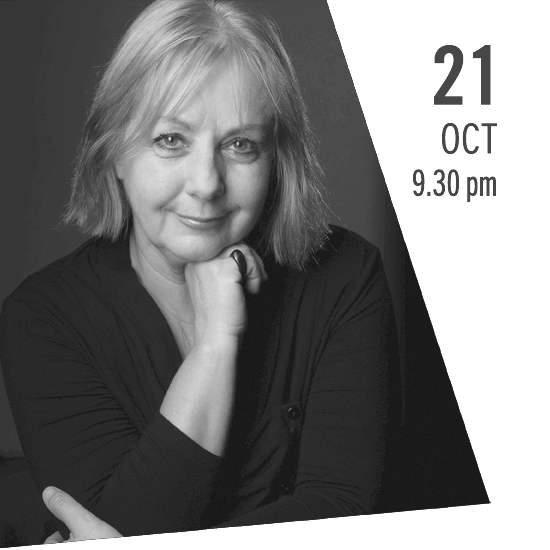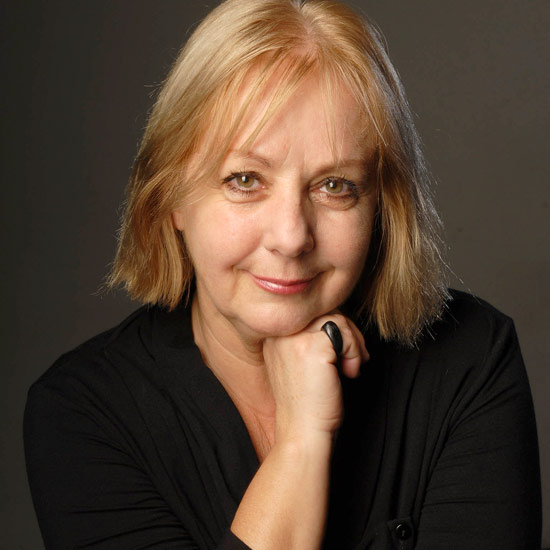 October 21, Saturday, 9.30 pm;
October 21, Saturday, 9.30 pm;
Igreja de Nossa Senhora da Conceição · Machico;
THE HISPANIC TRADITION IN THE NEW WORLD
Cristina García Banegas, organ;
While liturgical pieces, tientos and sonatas were cultivated in baroque cathedrals, a different repertoire was developed in the reducciones founded by the Jesuits amongst various indigenous groups, and sometime stigmatized collectively under the designation of Jesuit kingdom or Jesuit republic of Paraguay. Neither from Paraguay, neither kingdom nor republic: the music we have today comes from the Jesuit missions of Chiquitos (Bolivia). Its development was ruled more by the well-known pragmatism of the Order than by any application of political theory – and the Jesuits made of their obedience to the King of Spain a prince and a flag for their work. But they worked on the Jesuit bases of the rest of the territory: they introduced into their missions only what coincided with the principles they professed, including the royal dispositions. Thus, the musical repertoire has a distinctive aspect, including that for organ. For the eighteenth century, its basis is Italian and Central-European, and not Spanish. The music seems to be adapted for a didactic function: for example, the texture is essentially limited to two voices, the melody in the right hand and a simple bass in the left – an adaptation particularly noteworthy in At Birth; and the ornamentation that European and Creole performers improvised was written into the scores, which implies that the native performers did not add it through their own desire. The titles of all these movements, generally taken from sonatas or concertos for strings, were added by Martin Schmid (1694-1772), Jesuit and music teacher in Chiquitos, in a copy that he himself made of the organ repertory of the city of San Rafael, in Chiquitos: attractive titles, with a certain fantastic and playful element, which in part celebrated local historical events – for example, the visit of the judge of the High Court of Charcas, Francisco Javier de Palacios (1745), in Señoroidor – or international events – the birth of the future Emperor of Austria Joseph II (1741-1790), in Al nacimiento. Compositions of diverse character and functions for musical teaching are represented in compendia such as Lições de solfejo by Luis Alvarez Pinto, the famous composer and poet from Recife, pieces which, though they were intended specifically in order to practise reading music, whether sung or instrumentally, are endowed with a musical interest which raises them far above mere musical theory exercises. Though the organ is associated principally with the church, it was not uncommon to find small instruments in the houses of those who had the means to acquire them. Thus there exists a repertoire of Sones de Palacio for the instrument, represented notably in the Peninsula by the collections of the Franciscan Antonio Martín y Coll. This allowed other chamber works not necessarily conceived for the instrument to be played upon the organ. This parallel repertoire is here represented by three dances of folk origins taken from Luz y norte by Lucas Ruiz de Ribayaz, adapted for guitar or harp. Though the book was published in Madrid, the author travelled to Lima as part of the retinue of the vice-regent the Count of Lemos (1667) and compiled his book on his return, at the request of friends whom he had left on the other side of the Atlantic. Perhaps the most interesting facet of the repertoire of chamber music for the Hispano-American baroque keyboard is found in the diferencias or variations, conceived in the internationally famous Spanish tradition, derived from Bermudo, Cabezón and the vihuelists of the sixteenth century. These works used a simple, well-known song or dance, such as those preserved Ribayaz, and are subject to as many variations as the fingers of the performer permit, while never losing sight of the original model.
Cristina García Banegas
Program
COLLECTION ANTONIO MARTÍN Y COLL (1702-1708)
Preludio y Diferencias sobre la Gayta
Tarantela
Canarios
Tamborilero
MANUSCRIPT SAN ANTONIO ABAD (Perú, 17th c.)
Verso solo para bajoncillo
ARCHIVO HISTÓRICO ARQUIDIOCESANO DE GUATEMALA
Tiento de primero tono [a 3, para órgano]
JUAN PÉREZ BOCANEGRA (c.1560-1645)
Hanacpachap cussicuinim (Alegría del cielo, te adoraré)
MANUSCRIPT SAN JUAN DE LIMA (Perú, 17th c.)
Diferencias
MANUSCRIPT SONES MO ÓRGANO (Perú, 17th c.)
Del Principe (Domenico Zipoli)
Alemanda [del tercer tono] (Domenico Zipoli?)
Al nacimiento del Archiduque Joseph Benedicto (Arcangelo Corelli)
DOMENICO ZIPOLI (1688-1726)
Preludio (arrangement of a work by Corelli)
Endechas (Corrente)
Suspiros (Sarabanda)
Giga
Retirada del Emperador
Fuga del Almirante a Portugal
Reina de Ungría y Bohemia coronada
ANONYM (El Escorial, c.1660-1680)
Obra sobre la tonada del desmayo
JOSEPH DE TORRES Y MARTÍNEZ BRAVO (c.1670-1738)
Tiento partido de mano izquierda
Batalla
ANONYM (traditional from Peru)
Yunka Rataratá
 Cristina Garcia Banegas
Cristina Garcia Banegas
Cristina Garcia Banegas holds a position as Professor of the Chair of Organ Studies at the University Music School of Uruguay. In 1987 she founded the Ensemble Vocal e Instrumental De Profundis, which she has conducted for twenty three years; she is the Artistic Director of the International Organ Festival of Uruguay, also founded by her in 1987, conductor of the Children’s Choir Selection of the Colegio Inglés since 1989 and conductor of the “Los Niños de tu Ciudad” choir since 2008. She began her organ studies with Renée Bonnet and Renée Pietrafesa (Uruguay), and continued them with Lionel Rogg, obtaining a "1er Prix de Virtuosité" at the Conservatory of Geneva, and with Marie-Claire Alain, obtaining the "1er Prix d’Excellence avec Félicitations du Jury" at the Rueil Malmaison Conservatory in Paris. Her intense activity as an organist has taken her to Europe, Latin America, U.S.A., Russia and Japan. Her recordings include many of J. S. Bach’s works, and also many pieces from the Spanish and Latin-American baroque literature, performed on period organs from Europe and Latin America. She has conducted several masterworks from the Baroque and Classical repertoire, all of which were received with extraordinary acclaim and were praised by critics. She was awarded several organ prizes and decorations and the De Profundis Ensemble recently received the First Prize of the Itau Foundation, as the best Institution Choir.
